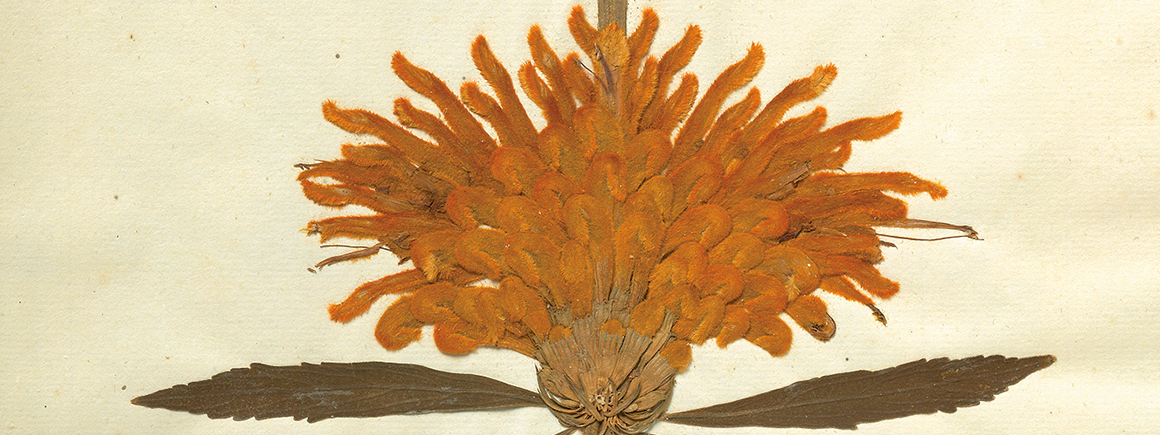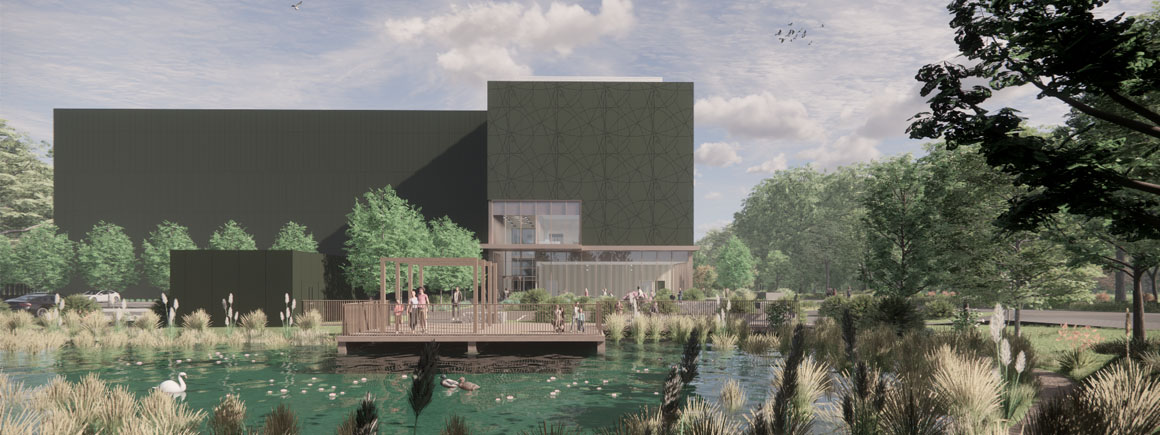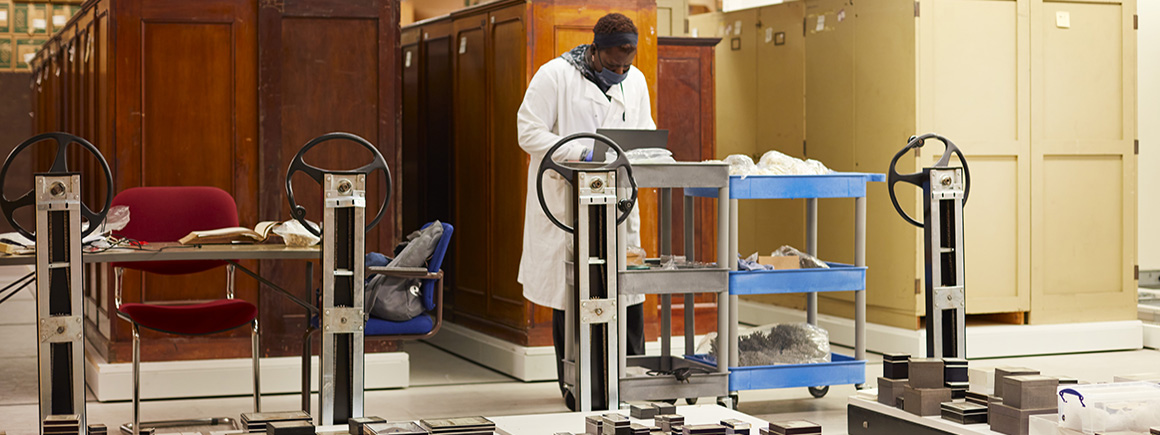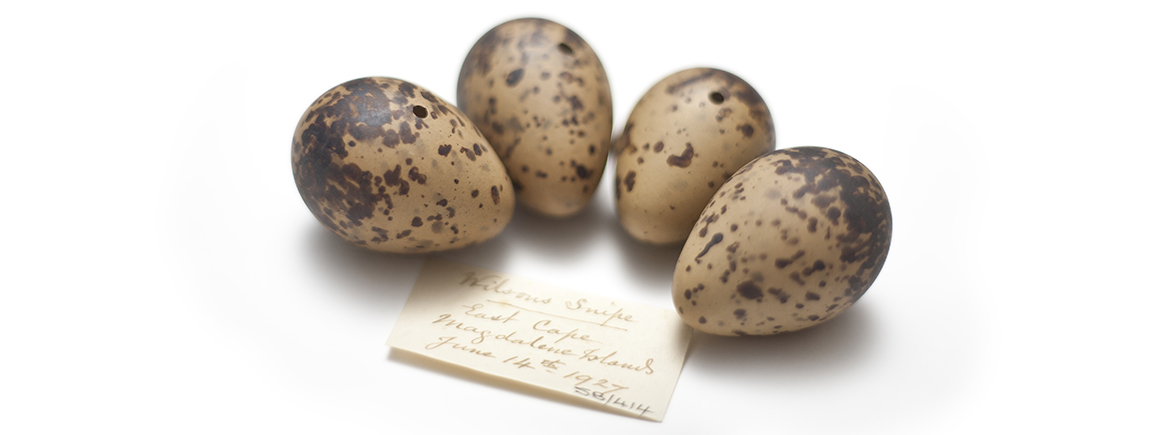Specimens
3,641

A pressed specimen of Leonotis leonurus, also known as lion's tail, from Clifford's collection
The Clifford herbarium contains over 3,000 specimens collected by George Clifford (1685-1760), a wealthy Anglo-Dutch merchant.
3,641
The herbarium is built with plants from Clifford's own garden - many of which were newly cultivated in Europe at the time of collection - and from collectors around the world.
Carl Linnaeus (1707-1778) worked at Clifford's estate between 1735 and 1737. During this time, he described the plants growing there, writing the Hortus Cliffortianus in 1737 - in some ways a precursor to Species Plantarum (1753).
As a result, many of the plants in Clifford's herbarium are type specimens for Linnaean names.
The plants in the collection are mounted on 3,461 unconnected sheets. This method is used in modern herbaria, but is in contrast to the earlier practice of binding sheets in large book-like volumes (such as those found in the Sir Hans Sloane and Paul Hermann herbaria).
Many of the mounted specimens appear to be growing out of decorative, engraved paper urns. These specimens also have their names inscribed on ornate labels.
These features are peculiar to Dutch herbarium collections of the 1730s. Another example is Adriaan van Royen's herbarium, held at the Rijksherbarium in Leiden.

The George Clifford herbarium sheets have since been digitised and can be accessed via the Museum's Data Portal.
The collection has been digitised
If you would like to use any specimens for research, please get in touch.

Access to some collections will be affected as we prepare for the move to our new collections, science and digitisation centre.

Scientists and collections management specialists can visit the collections and borrow specimens for research.

Our duty is to provide a safe and secure environment for all of our collections.